
HashiCorp-IBM | Ex-AWS | Field CTO | PhD | MCA | eMBA | MA | 11xAWS | 3xHashiCorp | AI/ML | GenAI | Award Winner | Author | HashiCorp Ambassador | Speaker | Mentor | Trainer | Researcher | YouTuber | Adjunct Professor
 |
|

I'm a transformational technology leader with 15+ years of experience driving innovation across Cloud, DevOps, AI/ML, and Generative AI. Holding a PhD in Artificial Intelligence for IT Operations (AIOps) from Savitribai Phule Pune University, along with MBA, MCA and 35+ technical certifications (including 11× AWS, 3× HashiCorp, Confluent Kafka, and Stanford ML), I blend deep technical expertise with strategic vision and business acumen.
Currently serving as a Staff Resident Solutions Architect at IBM, I partner with enterprise CxOs and leadership teams across APAC to define and accelerate their cloud transformation journey using the HashiCorp product suite. My work focuses on enabling the Cloud Operating Model, helping organizations adopt and operationalize multi-cloud frameworks, and driving measurable business outcomes. I collaborate with global teams to provide strategic and technical guidance across automation, observability, and system administration, while supporting modernization and developer velocity initiatives.
As a recognized thought leader, I delivered 30+ speaking sessions at events like AWS re:Invent, HashiConf, and IIT Bombay, and authored 8 AWS blogs, 10 prescriptive guidance, and 15+ code samples. My research includes 8 published papers and patents in IT system alert classification and event log mining.

As a Staff Resident Solutions Architect at IBM, I collaborate with enterprise leaders across APAC to drive cloud transformation using the HashiCorp product suite. My work focuses on enabling the Cloud Operating Model by providing strategic and technical guidance, designing multi-cloud adoption frameworks, and redefining cloud consumption models. I help organizations enhance developer velocity, governance, and compliance, while collaborating with professional services teams to deliver tailored transformation initiatives in automation, observability, and system administration. Through customer enablement and education, I support businesses in operationalizing the Cloud Operating Model to achieve meaningful outcomes.

Partnering with enterprise CxOs and leadership teams across APAC to define and accelerate their cloud transformation journey using the HashiCorp product suite. Providing strategic and technical guidance across people, processes, and workflows aligned with the Cloud Operating Model. Contributing to the design and implementation of a multi-cloud adoption framework and redefining cloud consumption models based on the HashiCorp Tao of Workflows. Communicating and demonstrating the business value and technical capabilities of HashiCorp solutions to both executive and practitioner audiences. Helping organizations increase developer velocity while maintaining governance, risk, and compliance standards. Collaborating with professional services teams to deliver customer-specific transformation initiatives and best practices in automation, observability, and system administration. Educating and enabling customers to adopt and operationalize the Cloud Operating Model to drive measurable business outcomes.
Spearheaded Chaos Engineering and resiliency initiatives, improving system reliability by 80% and reducing outages by 65%. Led enterprise-scale infrastructure transformation, deploying 100+ servers, 1000+ security rules, and migrating 500+ VMs from VMware to AWS EC2—cutting costs by 40% and reducing carbon footprint by 35%. Optimized AMI creation, observability, and security architectures, while mentoring team members and driving cross-functional architectural discussions.
Led end-to-end DevOps automation, building CI/CD pipelines with Jenkins, Ansible, Puppet, and Terraform, while implementing monitoring with DataDog. Migrated applications and databases to AWS, boosting scalability and reliability. Designed IaC frameworks, embedded automated security checks, and optimized infrastructure to improve efficiency, security posture, and team productivity.

Led end-to-end DevOps automation, achieving 100% CI/CD pipeline automation with Jenkins, Ansible, Puppet, and Terraform. Migrated all on-prem apps and databases to AWS, improving scalability and reliability while cutting costs by 30%. Built IaC frameworks, containerized workloads with Docker & Kubernetes, and embedded automated security, reducing provisioning time by 60% and incident response times by 40%.
Collaborated as a key team member across the product lifecycle, implementing DevOps automation with Ansible, Jenkins, Puppet, Terraform, Docker, and Kubernetes. Designed and managed scalable AWS infrastructure (EC2, S3, VPC, Redshift, IAM, Lambda) and administered diverse databases including RDS, DynamoDB, MySQL, MongoDB, and Elasticsearch. Built Big Data ecosystems with Cloudera/Hortonworks and ensured resilience through advanced disaster recovery solutions, while proactively monitoring with CloudWatch, DataDog, and Nagios.
Led and mentored DBA teams while architecting scalable and secure database solutions with strong data modeling and schema design. Administered diverse databases including Cassandra, MongoDB, HBase, Elasticsearch, and MariaDB, ensuring high availability and performance. Optimized database operations through best practices, migrations, and change control policies, strengthening both reliability and compliance.

Led large-scale Hadoop cluster deployments on AWS and on-prem, ensuring high availability, security, and performance. Built ETL pipelines integrating semi-structured/unstructured data from RDBMS and NoSQL sources, with transformations in Python and ingestion into Hadoop ecosystems. Strengthened security with SSL, AWS policies, and Apache Ranger, while optimizing Hive queries, automating workflows, and managing backup, recovery, and cluster stability.

Managed Oracle E-Business Suite 11i environments, ensuring smooth operations, data migration, and system reliability. Automated health checks, optimized storage with Oracle ASM, and supported replication with Oracle GoldenGate. Streamlined deployments and monitored performance to resolve issues proactively.

Implemented and administered Hadoop clusters across Ubuntu and other OS, ensuring performance, scalability, and reliability. Managed core Hadoop ecosystem components (HBase, Hive, Pig, Oozie, ZooKeeper, Sqoop, Flume) and provided robust HDFS support with backup, failover, and disaster recovery. Automated operational tasks with shell scripts and ensured 24/7 support for critical Big Data environments.
Administered Oracle E-Business Suite 11i/R12 with expertise in patching, performance tuning, and concurrent manager administration. Skilled in Oracle utilities (FNDCPASS, FNDLOAD, ADPATCH, etc.), Autoconfig, and workflow mailer troubleshooting. Proficient in Oracle Database 10g/11g with Unix shell scripting for automation and system integration.

I founded and managed my own part-time coaching classes for students in grades 5 through 12, including those in the Science stream.
AWS re:Invent, HashiConf, HashiTalks, IIT Bombay, CDK Day, AWS Community Day, Student Community Day, AWS TFC Summit Week (TSW), SyllaDB Summit, Cloud Native Day, and various technology conferences worldwide. Delivered impactful sessions and hands-on workshops on Cloud Computing, Infrastructure as Code, DevOps, AI/ML, and Emerging Technologies, engaging diverse audiences across student and professional communities.
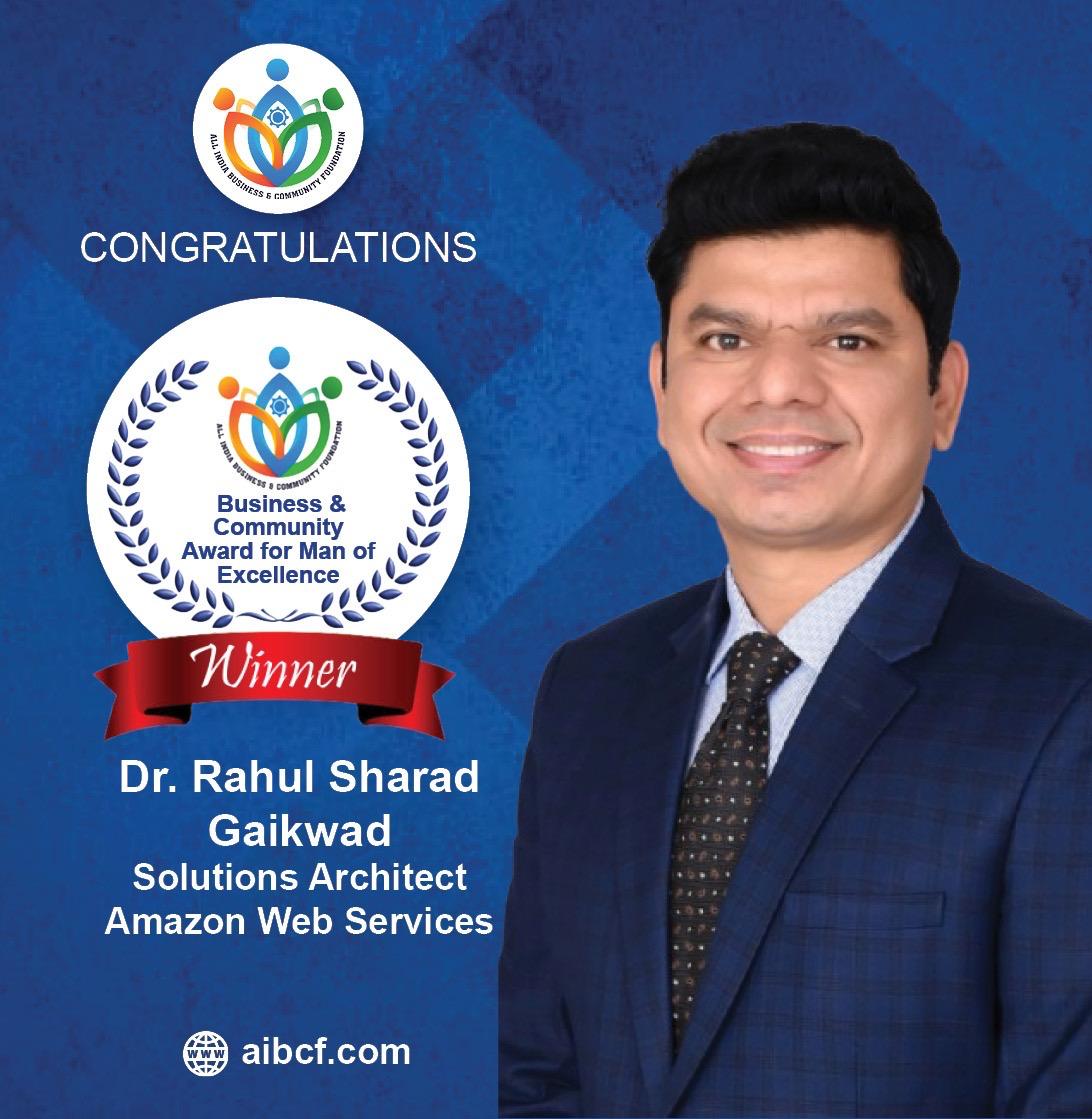
Honoured by AIBCF for distinguished contributions in technology, research, and community leadership. Recognized as a trailblazer across domains including cloud computing, AI/ML, and DevOps — combining over 15 years of industry expertise with academic contributions and mentorship.
Issued by AIBCF | 2025
Recognized as a HashiCorp Ambassador in India for thought leadership and expertise in Terraform, Vault, Consul, Waypoint, and the HashiCorp Cloud Platform. This honor highlights contributions as a community advocate, mentor, and technical voice promoting modern infrastructure practices and open-source adoption across developer and operations communities.
Issued by HashiCorp | 2025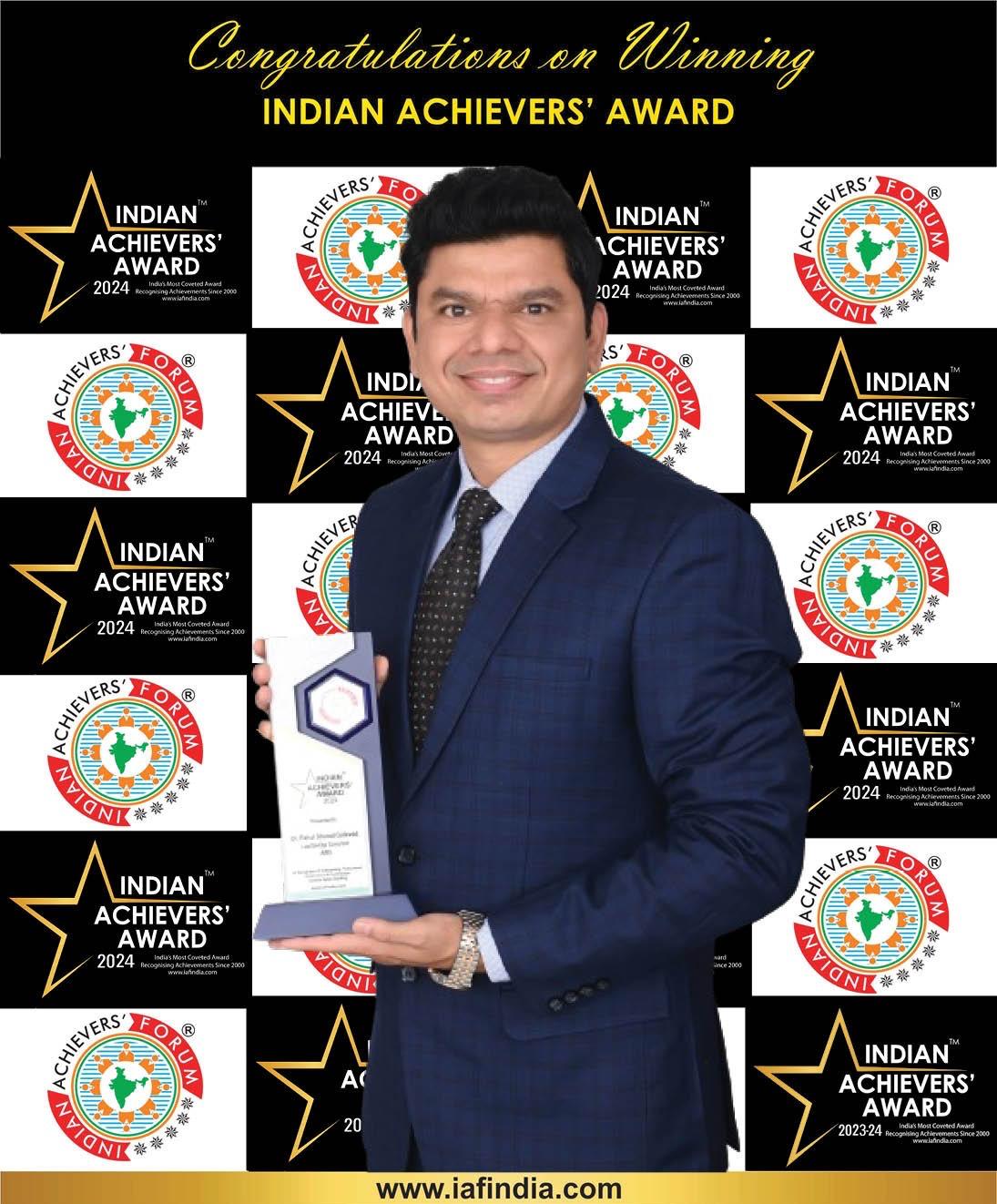
Honoured by the Indian Achievers’ Forum for outstanding contributions to technology and research, with impactful work spanning Cloud, DevOps, and AIOps. This recognition highlights leadership, innovation, and consistent efforts in bridging industry and academia.
Issued by IAF | 2024
Recognized as one of 108 global HashiCorp Ambassadors, representing APJ in 2024. Delivered talks at HashiConf and HashiTalks: India, reaching 1,000+ practitioners on Terraform automation and cloud security. Authored 20+ blogs and guides, contributed open-source modules to Terraform AWS and Cloud Control providers adopted by global users, and mentored 500+ professionals and students through workshops and community programs.
Issued by HashiCorp | 2024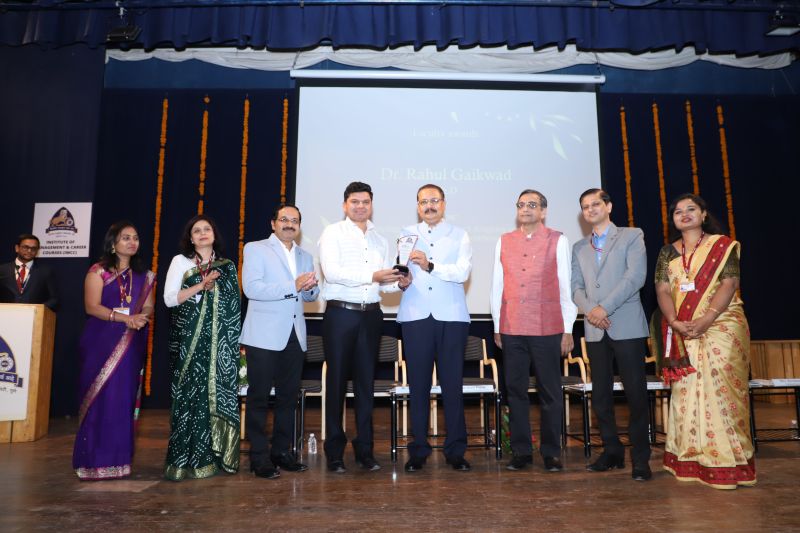
Honoured with the “Best PhD Thesis Award” by the Prestige Institute of Management & Research, Gwalior, recognizing groundbreaking research in Artificial Intelligence in IT Operations (AIOps) presented at the 15th International Conference on “Fostering Industry–Academia Partnership for Driving Innovation and Strategizing Trade and Industry.”.
Issued by Prestige | 2024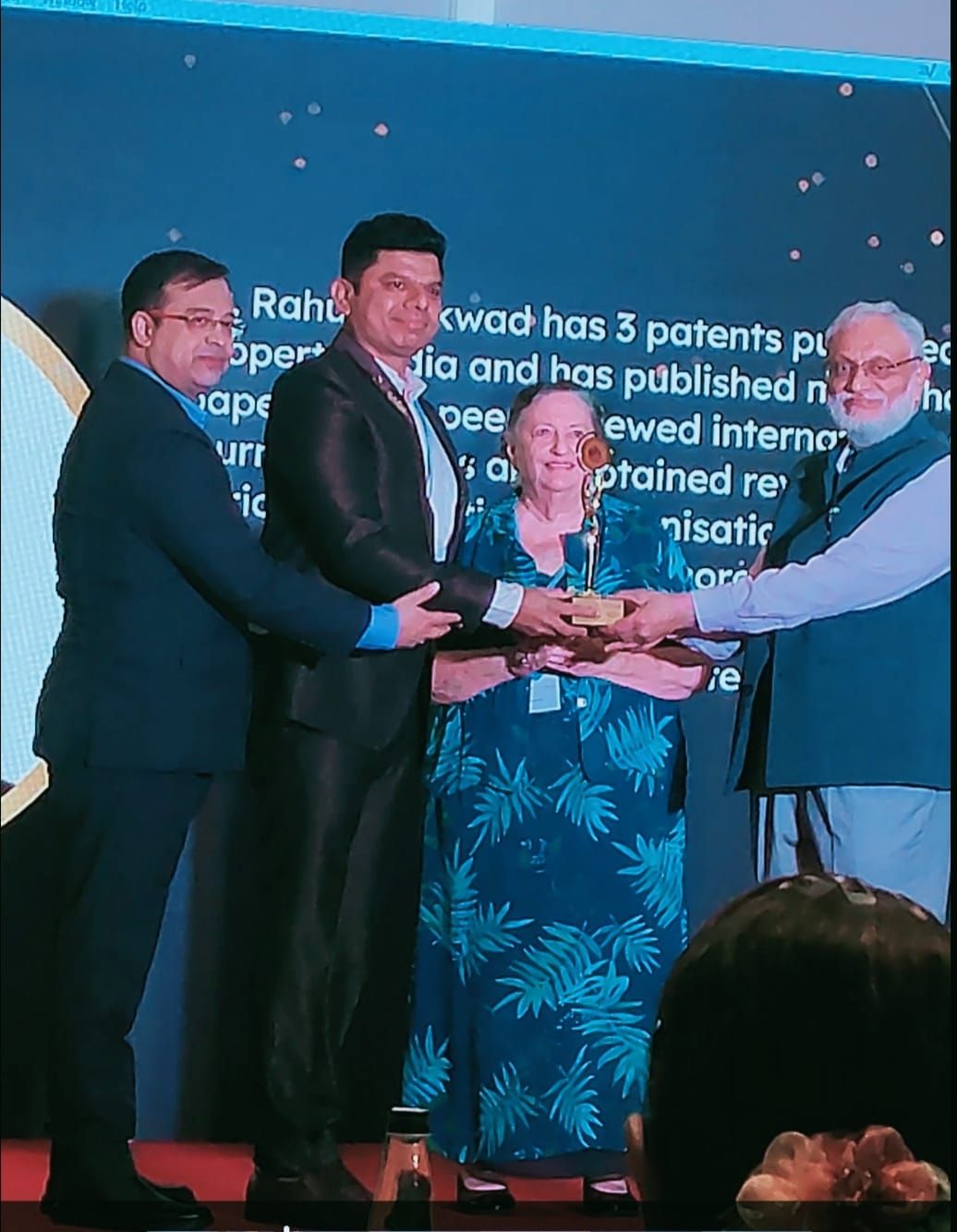
Awarded by Global Asia Education at the Asia Education Conclave, this honour recognises outstanding achievement in IT research, particularly for pioneering work in AIOps and a strong record of academic excellence. The award was conferred at a Bangalore ceremony attended by distinguished educators and researchers.
Issued by Global Asia Education | 2023
Received the prestigious Inspiration Award from AWS for leading and inspiring the highest number of aspiring builders through community engagement. This milestone highlights a commitment to mentorship, positivity, and creating impact within the global cloud community.
Issued by AWS | 2023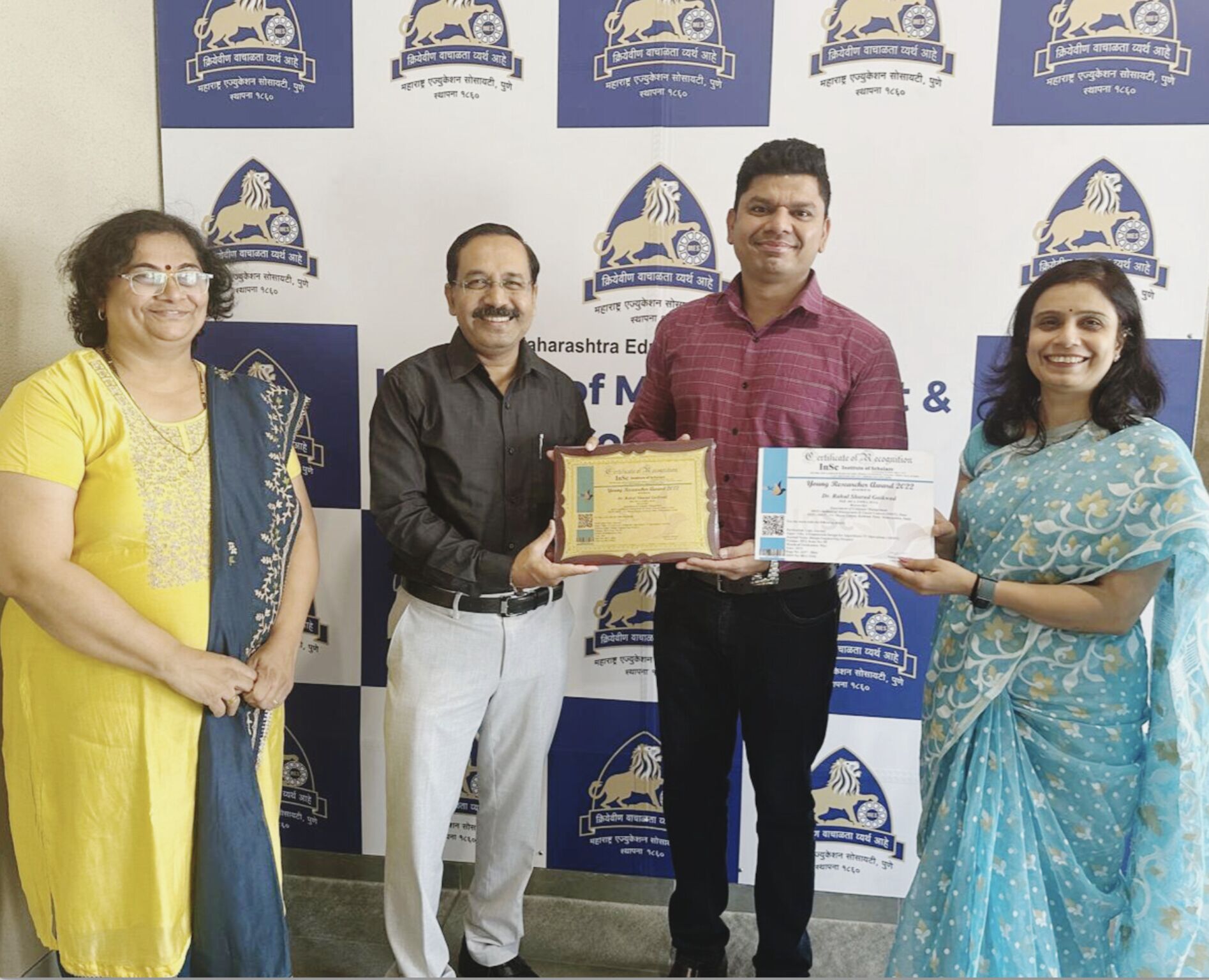
Honoured with the Young Researcher Award by the Institute of Scholars for notable contributions to research in Artificial Intelligence in IT Operations (AIOps). The award recognises innovative approaches, impactful findings, and dedication to advancing knowledge and best practices in the technology and research community.
Issued by Institute of Scholars (InSc) | 2022
Highlighted in The Knowledge Review Magazine as part of their “Best Medical Institutes in India: Admiring Health Care 2023” edition, recognising contributions to advancing healthcare education and fostering innovation within the medical community. This feature underscores a commitment to excellence and leadership in the field.
Issued by The Knowledge Review | 2023
Recognised in The Academic Insights Magazine as part of their “India’s Top 50 Engineering Colleges Survey 2023,” highlighting contributions to advancing engineering education and fostering innovation within the academic community. This feature underscores a commitment to excellence and leadership in the field.
Issued by The Academic Insights | 2023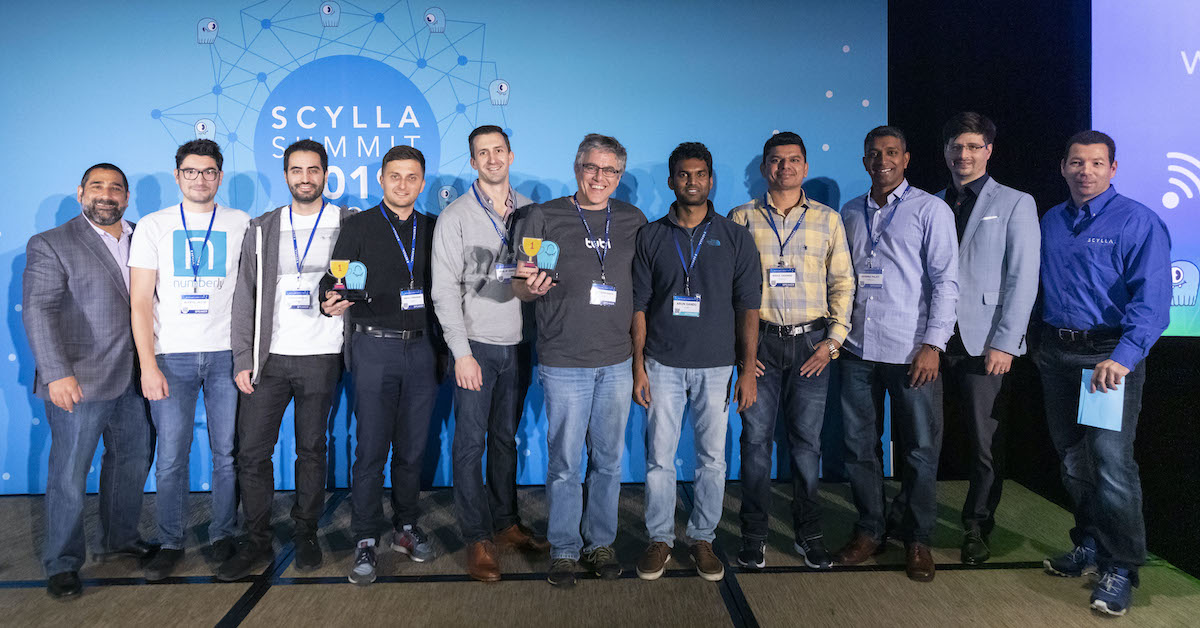
Ranked among the top 5 in the ScyllaDB University Challenge, a global competition recognising hands-on expertise in NoSQL databases. This achievement highlights proficiency in ScyllaDB, demonstrating its advantages over traditional NoSQL systems like Cassandra. The challenge underscored a commitment to mastering scalable, high-performance database solutions.
Issued by ScyllaDB | 2019
Awarded at the ScyllaDB Summit 2019 for innovative application of ScyllaDB's single-table design, demonstrating its efficiency and scalability. This recognition underscores a commitment to leveraging ScyllaDB's capabilities to achieve high performance and simplicity in data modeling. The approach highlighted was particularly effective in scenarios requiring rapid data access and minimal latency.
Issued by ScyllaDB | 2019Computer Vision has been evolving everyday with advancement in the Deep Learning. Residual Neural Networks is one of such image classification techniques. This paper is an application of ResNet 50 for the purpose of writer identification using handwriting biometric – signature. Different signature verification competitions had used many approaches. Here SigComp2009 dataset is used and experimental results are discussed. ResNet 50 is able to achieved 92% accuracy for 780 signatures used randomly from ICDAR 2009 dataset of genuine signatures.
IN 202021033854 · Filed Aug 7, 2020System alerts in IT operations are often unpredictable since they vary across projects, components, environments, and alert types, making their Standard Operating Procedures (SOPs) difficult to determine. This research explores the use of efficient data mining techniques to predict the appropriate SOPs for alerts, enabling quicker resolution of issues, minimizing manual efforts, and reducing downtime. By mapping alerts to recommended solutions in a systematic way, the approach not only improves reliability and availability of IT services but also ensures smoother business operations for end users.
IN 202021033083 · Filed Aug 1, 2020This research focuses on log analysis in IT systems, highlighting the challenges of handling large, complex, and unstructured logs that make manual inspection impractical. It emphasizes parsing logs into structured data, correlating diverse information, and uncovering patterns as key aspects of AIOps. The study evaluates over a hundred log events across distributed systems and services, presenting association rules that provide valuable insights for understanding, troubleshooting, and resolving system issues.
IN 202021033084 · Filed Aug 1, 2020This research highlights AIOps (Artificial Intelligence for IT Operations) as an evolving approach that uses machine learning to address complex IT operational challenges, such as log event classification, alert prediction, SOP automation, and incident resolution. It emphasizes AIOps’ role in improving service quality, customer satisfaction, and DevOps productivity while reducing human effort and costs. The work reviews components, use cases, and challenges of AIOps, and further proposes a framework design based on prior research, stressing the need for continuous scientific exploration and improvement.
Design Engineering (Toronto) · Jun 5, 2021This research paper highlights the growing challenges of log analysis in large, complex IT systems, where traditional manual methods are no longer feasible. It emphasizes the need to parse unstructured log data into structured formats for effective processing and correlation. The study presents a comprehensive evaluation of over a hundred log events across distributed systems, services, and application servers, focusing on discovering association rules. These rules provide deeper insights into log patterns, aiding in system issue investigation and troubleshooting within the context of AIOps.
SCOPUS - Test Engineering and Management journal · Apr 13, 2020The abstract highlights the challenge of predicting system alerts and their corresponding Standard Operating Procedures (SOPs), which vary across projects, components, environments, and alert types. Since alerts and SOPs are critical for resolving IT issues, accurate prediction can help prevent downtimes, ensure service reliability, and reduce manual effort and resolution time. This research focuses on using efficient data mining techniques to predict recommended actions or solutions (SOPs) from alert data, addressing the critical issue of mining alerts effectively.
SCOPUS - Journal of Advanced Research in Dynamical and Control Systems (JARDCS) · May 11, 2019The abstract emphasizes the growing need to predict system alerts and failures to avoid unexpected downtimes and ensure reliable business services. Logs generated from applications, databases, networks, servers, and business processes contain valuable information but are produced in massive volumes, making manual analysis impractical. To address this, the paper explores the use of machine learning algorithms for automated log and alert analysis. By processing and uncovering insights from these logs, the proposed approach helps in better understanding system behavior, improving fault prediction, and reducing downtime.
Journal of Analysis and Computation (JAC) · Dec 6, 2018MAY 2025
JAN 2025
FEB 2022
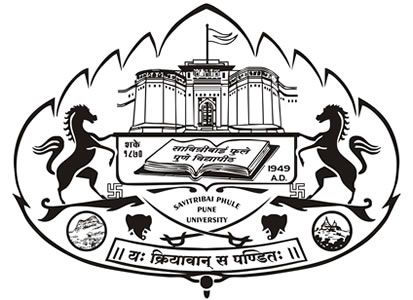
speacialization-Machine Learning, AIOps
Savitribai Phule Pune University
2018 - 2022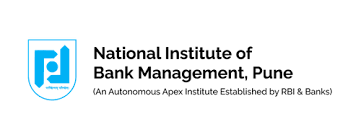
speacialization-Project Management
NIBM Institute
2013 – 2014
speacialization-Computer Applications
Shivaji University
2008 – 2011
speacialization-History
Savitribai Phule Pune University
2007 – 2008
speacialization-History
Savitribai Phule Pune University
2003 – 2007
speacialization-Computer Software (DCS), Computer Programming
APTECH Computer Education
2001 – 2002
speacialization-Financial Management (PGDFM) & Finance and Financial Management Services
Indira Gandhi National Open University
March 2023
